Englehart-Rogers? Sure, but it was Len Wein who wrapped that story — and took Batman through the end of the ’70s and into the ’80s.
—
UPDATED 6/11/16: It’s Len Wein’s birthday this weekend, so we’re re-presenting The LEN WEIN INTERVIEWS, in which he reveals all about his Bronze Age run on Batman. For the full INDEX of stories, click here. You’ll be glad you did!
—
Welcome to the second installment of The LEN WEIN Interviews. Len Wein is notable for many things in comics — co-creating Wolverine and Swamp Thing, among them — but he’s also an unsung Batman writer. He penned some of my favorite stories and I’m glad to see them freshly collected in Tales of the Batman: Len Wein, a spanking-new hardcover from DC.
We chatted on the phone recently about his time in Gotham and the result is this series of articles. We’ve already covered his earliest time on Batman, and his own childhood with the Caped Crusader.
Now, we move into his time as a regular writer in the Batcave — which coincided with the end of one of the most celebrated arcs in Batman lore.
The Steve Englehart-Marshall Rogers run of Detective Comics in the late ’70s is the second greatest arc, behind O’Neil-Adams, to Batfans of a certain vintage. A vintage like me, of course: Bronze Age babies.
But like people tend to forget that run actually began with Englehart paired with Walt Simonson, they also neglect to recall that it was Wein paired with Rogers at the end.
Len wrote the final two-plus issues of the run, introducing yet another Clayface — a tragic madman with the awful ability to melt people. It’s a horrifying and moving story of rage and obsession.
But it also marked Rogers’ regular run on the Darknight Detective.
Len Wein: I loved the character. I always loved Batman. I was editing my own books at Marvel at that point and DC wanted me back. They figured that the best shot they had of getting me back was if they offered me Batman.
And I was at the point that my work at Marvel was where it was kind of like, you know, maybe I’ve done these characters long enough so… We did some negotiating back and forth and I ended up taking the gig on Detective Comics to replace Steve and write Batman every month with the assumption we’d find other titles for me to write as they did along the way.
And it was an interesting experience initially! I did the two-part Clayface III as the first story I really wrote for the new Batman, or my new Batman.
Dan Greenfield: And those were the two last Marshall Rogers issues, weren’t they?
Yes. Exactly. Yeah, it’s a very weird story, too. After I did the two-parter, I got called into Joe Orlando’s office. Joe was editorial coordinator at the time and he said, “We gotta sit and talk,” and I said, “Oh, God. Now what’s wrong?” And he said, “I just had a conversation with Marshall Rogers about the book and he’s really not very happy with what you’re scripting. You don’t script the way that Steve does and he just isn’t as happy with your style.” And I’m going, “Oh, God!”
REALLY!!??
I just gave up the four top Marvel books and here I am about to get fired off the book I came back to DC for. The next thing Joe said was, “So who do you want to replace Marshall with?” (Dan laughs) I went, “Oh, thank God,” and I said, “Nobody. Why not just shift books and I’ll just take over Batman. I don’t wanna…” You know? But Marshall pretty much left on his own right after that anyway.
Yeah, when they merged the books — because that was just before they merged Batman Family and Detective — my recollection is that he did a prose story that Denny O’Neil had written where he kind of illustrated the margins. It was more like an illustrated story as opposed to a comic but then he was gone! I think maybe he went on to Detectives, Inc. With Don McGregor and some other stuff and then…
He’s someone who’s always fascinated me because I find that his work is incredibly mesmerizing but there’s so little of it in the big picture, compared to…
I know, and it’s a shame. He passed away way too young.
Yeah, he did. Very much so… Earlier this year I asked Steve Englehart to write an appreciation on Marshall Rogers’ birthday. I was surprised that what he returned was a piece saying that Marshall died kind of bitter that he never got to do more Batman.
I was like, “Wow! That’s kind of amazing!” You would think that any time he would want to come back and do Batman, they would want to bring him back because, as the years went on, the legend grew and grew into the ’80s and ’90s. Marshall Rogers and Englehart — it was in the same breath with O’Neil and Adams. But anyway…
So from that point, you jumped over to Batman. What do you recall from that point?
It just started. It became the first time I knew I was going to be with the book for a protracted period of time, which meant I could start doing subplots, setting things up for the future. That’s what I love to do. I love to create that soap opera for the back story of the book. I set up something happening in one issue that pays off 6 or 7 issues down the line.
And the first thing I did when I sat down, I thought for the first time, I’m in charge of the character. I didn’t fully feel I was in charge of the character in Detective. You know, Batman’s Batman.
Right.
So the first thing I started thinking about was Bruce Wayne and it ran from there.


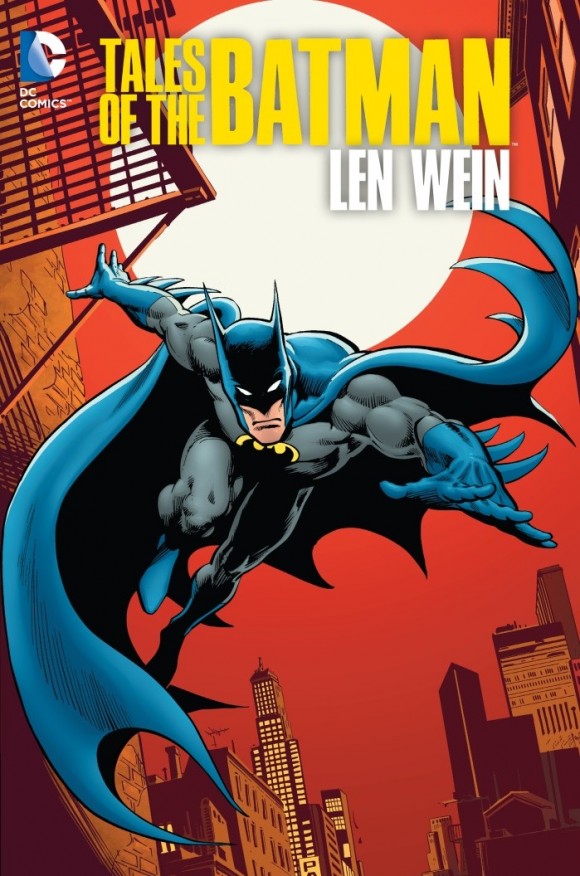


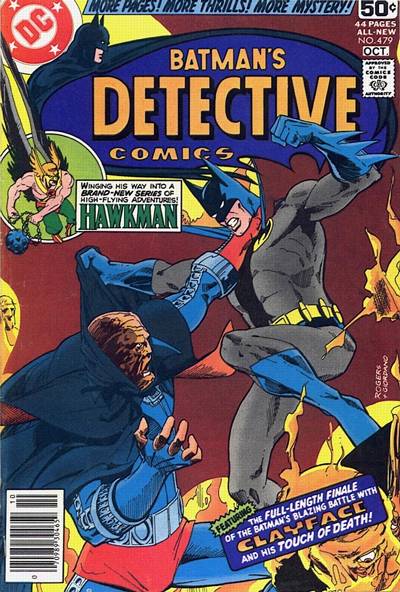
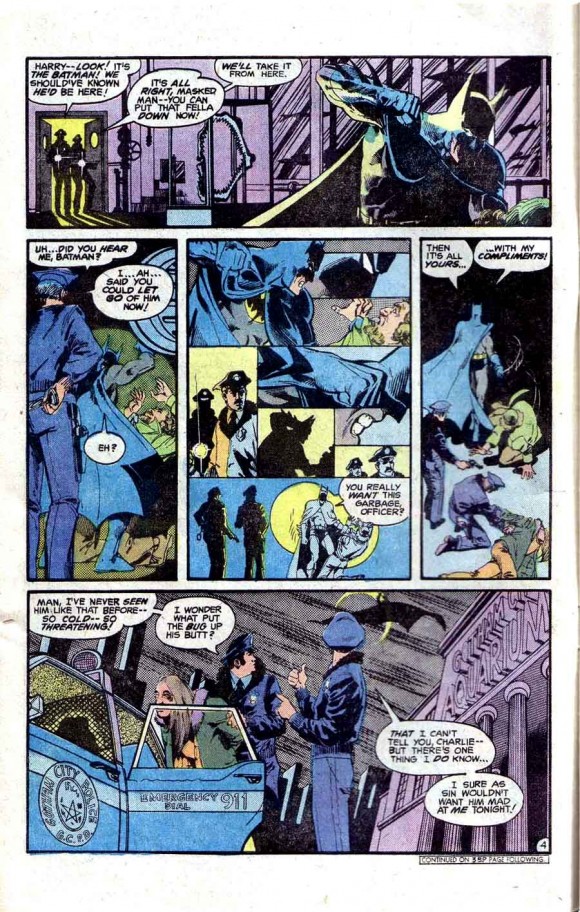
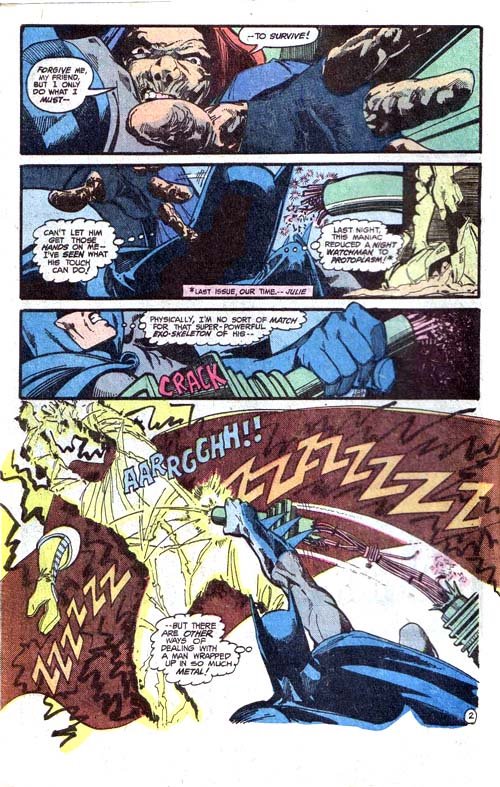
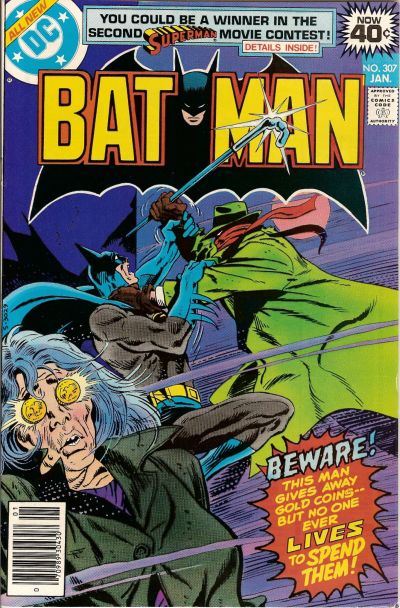
June 12, 2016
I was also bummed out reading somewhere that Rogers had submitted many Batman plots to DC over the years without success.
Amazing.
June 12, 2016
i always felt that this incarnation of clayface was inspired by the incredible melting man.
June 12, 2016
I always thought he was inspired by the old Japanese horror movie THE H-MAN (aka BIJO TO EKITAININGEN).
July 14, 2016
It’s a really weird story with Batman being a dick in the end by stopping Clayface from using the machine which could have cured him.
June 13, 2016
Well, let’s not forget that Rogers had a run on the Batman syndicated strip after the movie came out.